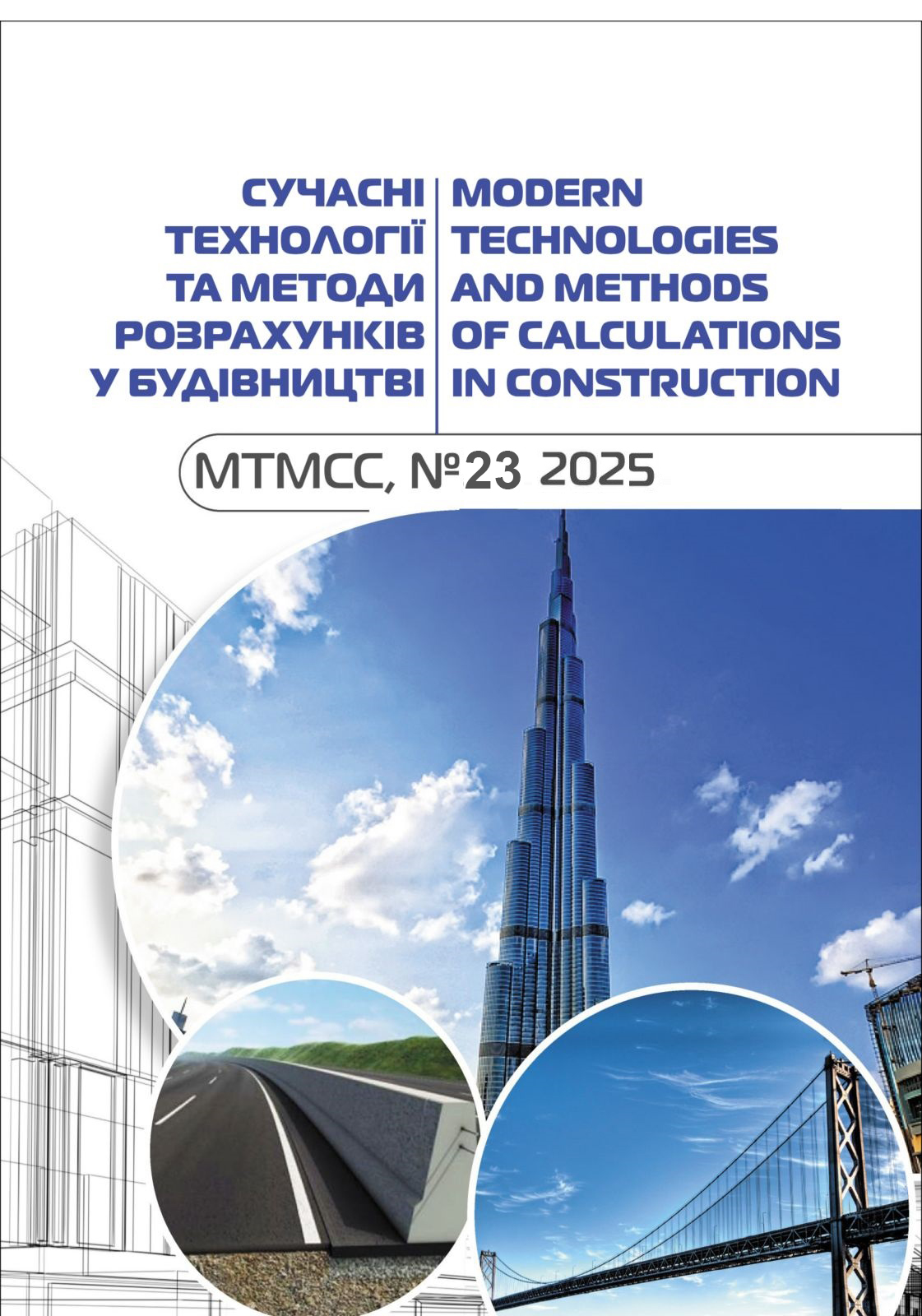Analysis of noise protection structures as engineering arrangement of streets and roads and ways to reduce the harmful effects of noise from vehicles
Abstract
The problem of reducing noise pollution from road transport remains one of the most relevant in both large cities and rural areas adjacent to highways. Traditional methods of noise protection - the use of concrete, metal and composite screens - demonstrate high efficiency, but have a number of significant limitations: high cost of production and installation, significant weight of structures, limited adaptability to the landscape, as well as lack of environmental flexibility.
The article considers modern approaches to noise protection on highways and city streets and analyzes the effectiveness of existing noise protection structures and the main measures that can be used for such protection. Based on a systematic approach, the main types of noise protection screens, their design features, materials from which they are made, and possible impact on the environment are characterized. In this work, important attention is paid to the problem of reusing recycled materials, which can be waste of old rubber (in particular, used car tires), polystyrene foam and any other foam materials.
The article proposes the use of a new noise protection screen, the frame of which will be made of wood, and the middle will be filled with various types of waste (rubber, polystyrene foam, pieces of foam waste), which will be filled with mounting foam, which will act as a binder. Such a screen will have high noise-absorbing properties.
This approach allows solving two problems: reducing the noise load on the areas adjacent to highways and city streets, and allowing the disposal of environmentally problematic waste.
The design of a wooden noise barrier is considered as an example of a sustainable engineering solution that combines environmental friendliness, efficiency and economic feasibility. The results of this study can be used in the implementation of construction projects, major repairs and reconstruction of road infrastructure.








